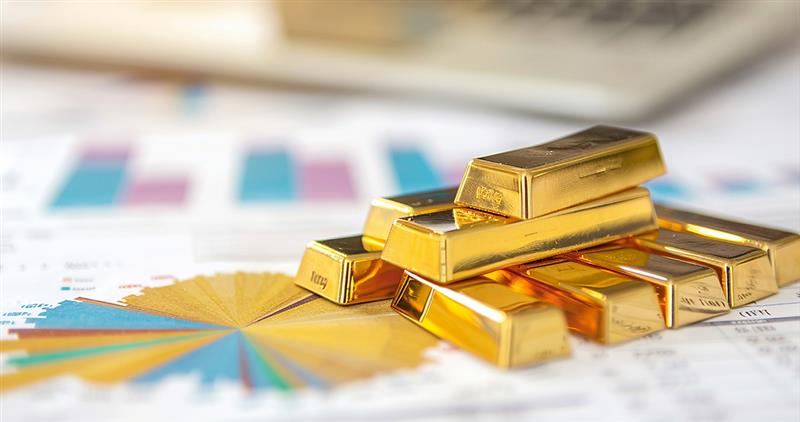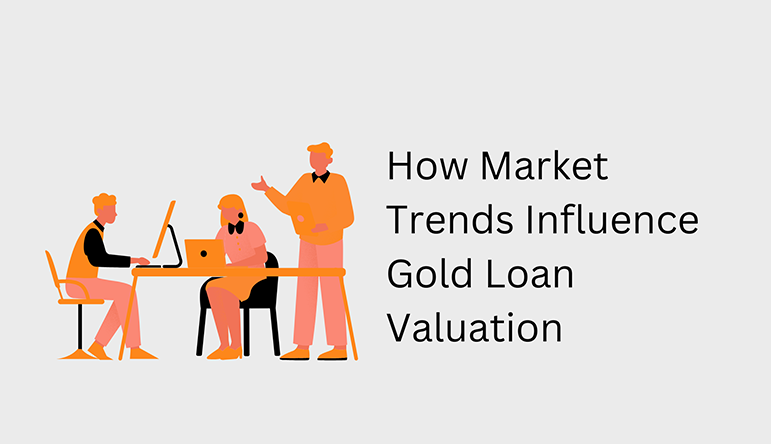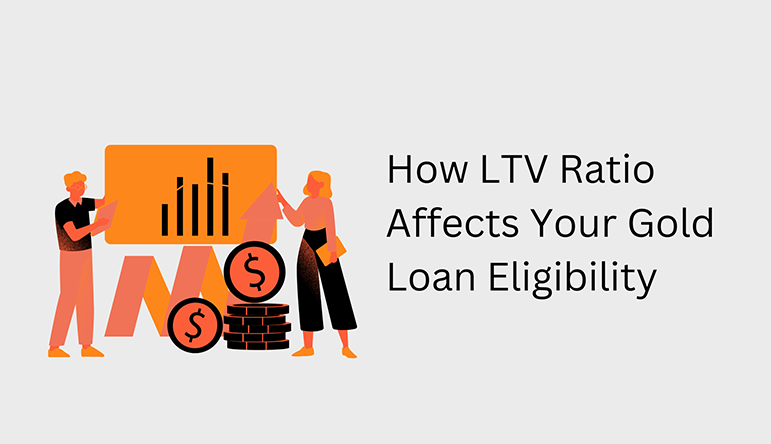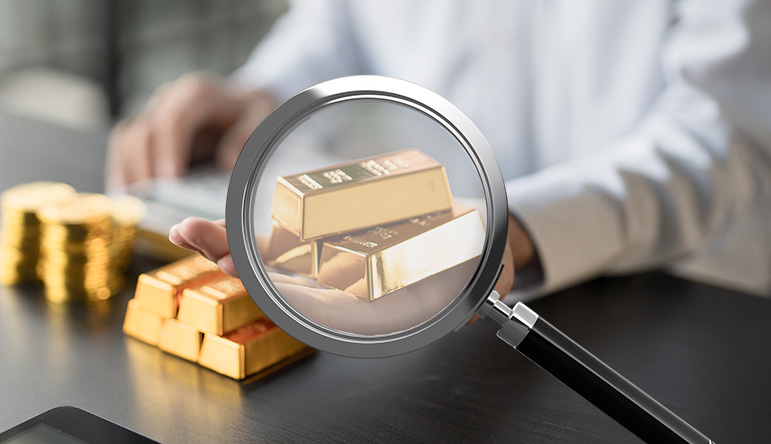How Gold Prices Impact Gold Loan Rates
20 November, 2025 Gold Loan
4 mins read
Gold loans are one of the fastest-growing lending products in India because they provide quick access to cash against gold ornaments. Unlike personal loans, a gold loan uses your gold as collateral, making it a safer option for lenders and cheaper for borrowers
To understand how gold loan rates and amounts work, you need to know three terms:
-
Gold price – the market value of your gold per gram.
-
Loan-to-value (LTV) – the percentage of gold’s value that lenders can finance. The Reserve Bank of India (RBI) has capped it at 75%.
-
Interest rate – the cost of borrowing, which varies based on collateral strength and lender policy.
Here’s the catch: rising gold prices increase your collateral value and the possible gold loan amount, while falling prices can trigger risks like margin calls or even auctions. In this blog, let’s explore how gold prices shape loan values, rates, and strategies for borrowers.
1. The Core Relationship: Gold Price & Loan Value (LTV)
The heart of gold loan lending lies in the LTV ratio. RBI mandates that lenders can offer up to 75% of the gold’s value.
-
Rising Gold Prices:
Suppose you pledge 20 grams of gold worth ₹5,000 per gram (₹1 lakh). A 10% price rise lifts the value to ₹1.1 lakh. At 75% LTV, you can now secure a gold loan amount of ₹82,500 instead of ₹75,000.
At Kosamattam Finance, such price movements directly increase your borrowing eligibility.
-
Falling Gold Prices:
If the gold price falls, your collateral value drops. For loans taken at maximum LTV, lenders may issue a margin call, asking you to repay a portion or top up collateral. If ignored, the gold could be auctioned. Kosamattam ensures transparent communication with borrowers in such scenarios to protect customer trust.
2. Beyond LTV: How Gold Price Affects Interest Rates
Gold prices don’t just affect loan amounts; they also influence gold loan interest rates.
-
Why Rates May Fall When Gold Rises:
When gold prices are high, collateral is stronger, and default risk drops. Lenders like Kosamattam Finance often provide competitive gold loan rates to borrowers during such times.
-
When Rates Could Rise Despite High Gold Prices:
If gold prices are volatile, lenders may increase rates to cover risks. This ensures long-term stability in lending.
-
Real-World Economic Influence:
During downturns, RBI repo rate cuts usually influence lending rates with a lag of 4–8 weeks. Gold loan rates may decline, but lenders also watch inflation and volatility before passing on benefits.
3. Macroeconomic & Global Drivers of Gold Prices
Gold prices are shaped by global and domestic forces that indirectly affect gold loan interest rates:
-
Global Interest Rates & Inflation:
Lower real interest rates boost gold demand, lifting prices. Studies show a strong negative correlation between U.S. interest rates and gold.
-
Geopolitical Tensions & Central Bank Buying:
Events like wars or trade conflicts make gold a safe haven, often driving prices to record highs.
-
Market Projections:
Analysts have even predicted gold crossing $5,000 under certain scenarios. Such trends matter because higher gold prices directly expand collateral for loans in India.
4. Real-World Impact: Case Studies & Data
-
Indian Banks’ Gold Loan Growth:
In FY25, gold loans surged as gold rose from ₹6,455 to ₹8,450 per gram (~30%). Banks across India reported significant increases in gold loan portfolios.
-
Sector Stability:
Even as loan books expanded, Non-Performing Assets (NPAs) did not spike. Reports confirmed improved asset health because higher collateral value reduces lender risk.
5. Borrower Strategies: Timing and Risk Mitigation
Borrowers can make smarter choices if they track gold trends and loan policies:
-
Timing Your Loan:
It’s wise to apply for a gold loan when gold prices are steadily rising, such as during festive seasons or rupee depreciation phases. At Kosamattam Finance, we provide attractive schemes during such times.
-
Avoiding Margin Calls:
Choose an LTV slightly below the cap (70–75%). This buffer prevents sudden auction risks and keeps you in control. Keeping liquidity handy for top-ups also helps.
-
During Economic Downturns:
RBI repo cuts usually bring down borrowing costs. But since rate adjustments lag, don’t rush. Borrow conservatively if the economy looks unstable.
6. FAQs on Gold Prices & Gold Loans
1.Will higher gold prices guarantee lower gold loan interest rates?
Generally, yes, because collateral strength improves. But it also depends on market volatility and lender policy.
2.Can falling gold prices trigger margin calls or auction?
Yes. If your loan is at the maximum LTV, falling gold prices can prompt lenders to demand repayment or initiate auction.
3.How quickly do lenders adjust loan terms when gold prices shift?
Gold loan rates usually adjust in weeks, but margin calls may occur rapidly if prices crash.
4.Are gold loan NPAs safe when prices surge?
Yes. Higher collateral value reduces default-related risks.
7. Conclusion & Takeaway
The connection between gold prices and gold loan rates is undeniable. Rising gold prices enhance your borrowing power, improve collateral safety, and may even secure you lower rates. On the other hand, falling prices increase risks of margin calls and auctions.
We recommend:
-
Monitoring gold price trends.
-
Applying for a gold loan during stable upward phases.
-
Keeping a buffer below the maximum LTV to reduce risks.
If you’re planning to apply for a gold loan, use our gold loan calculator or speak with our advisors for tailored guidance.





















